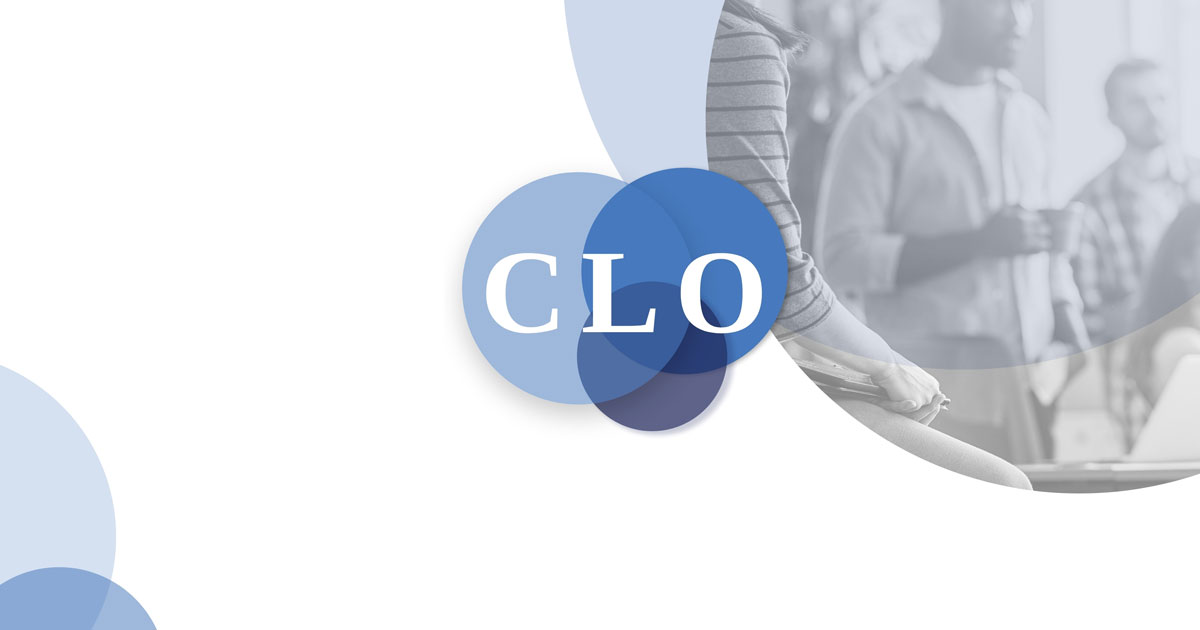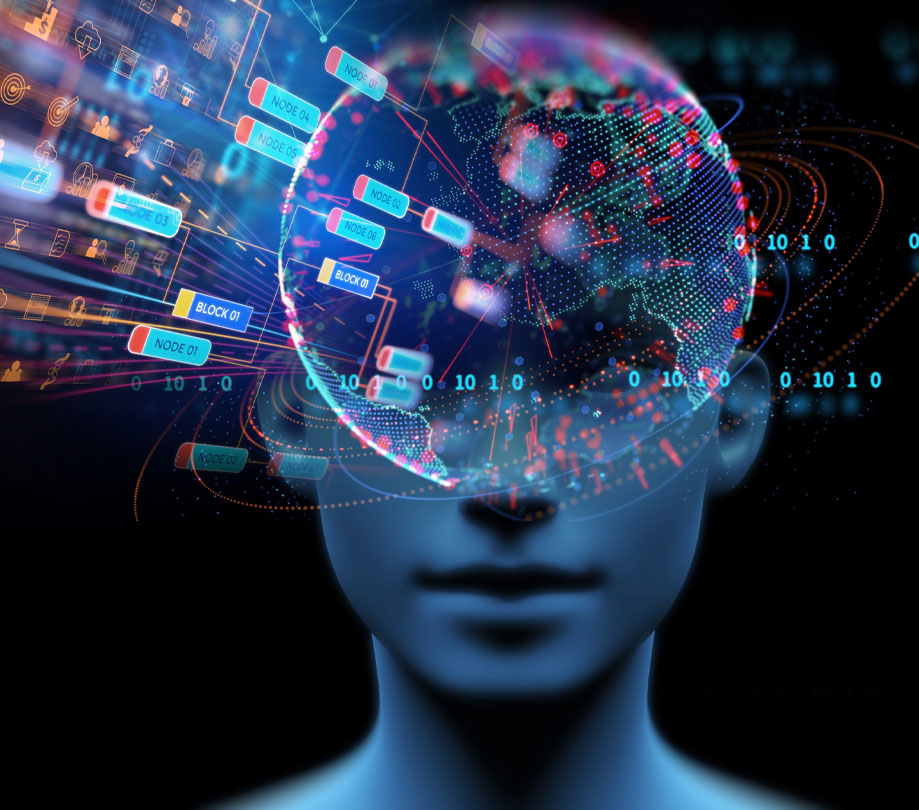Insights from Learning and Development Leaders: Pioneers in Cultivating Corporate Learning and Workforce Development
The journey of an educational leader begins with a passion for teaching and the transformative power of education. An excellent learning officer will seek to use their love of knowledge and education to impact individuals’ growth within an organization. With quality improvement teams and initiatives such as ISO, CMMI, and People CMM, these professionals acquire a deeper understanding of developing functions that evolve consistently, underscoring the importance of inclusivity and the power of positive influence.
The trajectory from technical training to leadership development reveals that learning is not for individual success, but is a lifeline for organizational excellence. Infused with relentless evolution, curiosity, and opportunities, the learning officer creates an environment where learning grows and thrives. Believing in learning as a lifelong journey, they aim to instill this philosophy in every program they design and every team and organization they lead.
As a learning leader, a cardinal initiative to ensure employee development and fostering a learning culture is a unique blended learning approach. This method weaves traditional learning techniques with digital, immersive, experiential, collaborative, and peer-to-peer learning. Alongside assessments, coaching, and mentoring at different stages, this approach gives professionals the flexibility to learn at their own pace, collaborate with peers, and apply their knowledge in real-world situations.
The creation of a knowledge-sharing platform enhances cross-functional collaboration and supports continuous learning. It serves as a venue for people to exchange knowledge regarding concepts and implementation experiences across the organization. This strategic alignment with the organization’s objectives fuels a culture where learning is crucial in the workplace, thereby enhancing people engagement, skills development, business success, and long-lasting positive impacts on customers.
Introducing a program such as the Next-Gen Leadership is a game-changer. Designed to equip leaders to traverse complex business landscapes, it combines workshops, masterclasses, coaching, and real-life action learning projects. This results in developing leadership capabilities, contributing to organizational initiatives, and creating a pipeline of confident leaders. The success of such a program is measurable, reflected in the improved team performance, people engagement, and customer appreciation.
Misconceptions about the Learning and Development function being only about content delivery and training may arise. Contrarily, it’s a strategic function closely aligned to business goals, aiming to trigger performance and innovation. Clearing such misconceptions requires highlighting the importance of understanding business and people’s needs, designing impactful learning experiences, and measuring their effectiveness. Demonstrating Learning and Development’s value through data-driven outcomes underlines that it is a vital participant in an organization’s success, and not merely a support function. With curiosity-driven learning as a key, thriving is possible amid the ever-evolving ecosystem, enabling us to adapt, grow, and face challenges head-on.
The prospects of technology, specifically Artificial Intelligence (AI) and data analytics in personalizing the learning experience are exhilarating. Looking into the future, the workplace will pivot towards providing relevant content to learners at every stage of their careers. This entails integrating these technologies and ensuring that the programs are agile and adaptable. Development of digital literacy among the workforce, and leveraging AI to anticipate learning needs is fundamental. Customizing learning experiences that keep pace with industry changes is crucial.
A successful Learning and Development leader drives the combination of strategic thinking, empathy, and innovation. Continuous self-reflection, feedback, and staying current with industry trends are essential in cultivating these traits. Encouraging lifelong learning, curiosity, and fostering a safe space for experimentation and innovation also help in enhancing these traits among their teams.
Currently, the single biggest challenge confronting Learning & Development professionals is staying relevant and making a difference amid the rapid pace of change. Balancing between the constant evolution of technology, business models, workforce expectations, and the need for Learning & Development to adapt can be challenging. Navigating this involves staying ahead of the knowledge curve and fostering a culture of continuous learning within the organization.
On the recommendation plate, the Adobe Learning Manager platform and O’Reilly resources come in highly recommended. Both allow individualized learning and facilitate all learning initiatives, including social learning. Data analytics within the platforms provide insights into learning patterns and effectiveness, facilitating the refinement of programs. Having such tools at disposal enable us to create a more engaged and empowered workforce.




